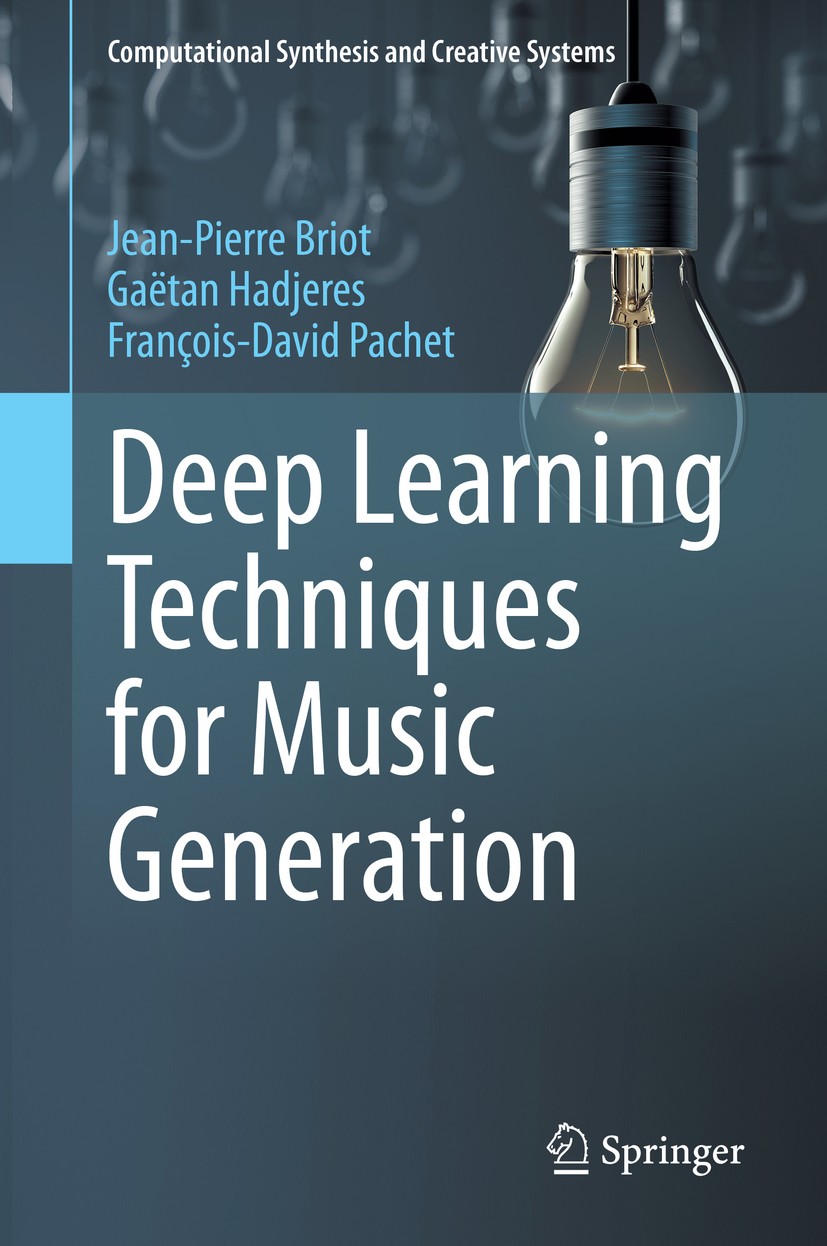| 書(shū)目名稱(chēng) | Deep Learning Techniques for Music Generation | | 編輯 | Jean-Pierre Briot,Ga?tan Hadjeres,Fran?ois-David P | | 視頻video | http://file.papertrans.cn/265/264583/264583.mp4 | | 概述 | Authors‘ analysis based on five dimensions: objective, representation, architecture, challenge, and strategy.Important application of deep learning, for AI researchers and composers.Research was condu | | 叢書(shū)名稱(chēng) | Computational Synthesis and Creative Systems | | 圖書(shū)封面 |  | | 描述 | .This book?is a survey and analysis of how deep learning can be used to generate musical?content. The authors offer a comprehensive presentation of the foundations of?deep learning?techniques for music generation. They also develop a conceptual?framework used to classify and analyze various types of architecture, encoding?models, generation strategies, and ways to?control the generation. The five dimensions?of this framework are: objective (the kind of musical content to be generated, e.g.,?melody, accompaniment); representation (the musical?elements to be considered and?how to encode them, e.g., chord, silence, piano roll, one-hot encoding);?architecture (the structure organizing neurons, their connexions, and the flow?of their?activations, e.g., feedforward, recurrent, variational autoencoder);?challenge (the desired properties and issues, e.g., variability,?incrementality, adaptability); and strategy (the way to model?and control the?process of generation, e.g., single-step feedforward, iterative feedforward,?decoder feedforward, sampling). To illustrate the possible design decisions and?to allow?comparison and correlation analysis they analyze and classify more?than 40 systems, | | 出版日期 | Book 2020 | | 關(guān)鍵詞 | Music Generation; Machine Learning; Deep Learning; Neural Networks; Representation; Artificial Intelligen | | 版次 | 1 | | doi | https://doi.org/10.1007/978-3-319-70163-9 | | isbn_ebook | 978-3-319-70163-9Series ISSN 2509-6575 Series E-ISSN 2509-6583 | | issn_series | 2509-6575 | | copyright | Springer Nature Switzerland AG 2020 |
The information of publication is updating

|
|
 |Archiver|手機(jī)版|小黑屋|
派博傳思國(guó)際
( 京公網(wǎng)安備110108008328)
GMT+8, 2025-10-22 10:47
|Archiver|手機(jī)版|小黑屋|
派博傳思國(guó)際
( 京公網(wǎng)安備110108008328)
GMT+8, 2025-10-22 10:47


